When most people think of moving to Canada, the image that comes to mind is a country offering stability, quality of life, and clear immigration pathways. Work visas are often the first step for newcomers who want to settle permanently. But can a temporary work permit actually lead to permanent residency in Canada? The answer is yes, though the process is not automatic. In this guide, we will explore how Canada’s immigration system connects employment to permanent residency, what options exist for workers, and what you need to know before making the move.
Key Takeaways
Types of Work Visas Available in Canada
Canada does not issue “work visas” in the traditional sense; instead, it offers work permits, which are temporary authorizations to work. These fall into two broad categories:
- Employer-specific work permits: Linked to a single employer and usually require a Labour Market Impact Assessment (LMIA).
- Open work permits: Allow you to work for almost any employer in Canada and are often granted to spouses of skilled workers, international graduates, or through specific programs.
Also Read: How to Get Permanent Residency in Canada
While most work permits are temporary, many serve as stepping stones to permanent residency. For example, the Post-Graduation Work Permit (PGWP) allows international students to gain Canadian work experience, which can later be used to qualify for permanent residency programs. Similarly, LMIA-based permits can support applications under skilled worker streams.
Eligibility for a Canadian Work Permit
To secure a Canadian work permit, applicants typically need a valid job offer from a Canadian employer. In most cases, the employer must prove that no Canadian worker is available for the role through an LMIA. Certain categories, such as intra-company transfers, international agreements like CUSMA, or specific global talent streams, may bypass this requirement.
Eligibility criteria often include:
- A valid job offer from a Canadian employer.
- Meeting minimum salary thresholds depending on the occupation.
- Work experience and skills relevant to Canada’s National Occupational Classification (NOC) system.
- Proof that you can support yourself financially while in Canada.
Workers in high-demand occupations, particularly in healthcare, technology, and skilled trades, tend to have a smoother path both to work permits and eventual permanent residency.
Transition from Work Visa to Permanent Residency
Holding a Canadian work permit does not automatically grant permanent residency. However, the work experience gained in Canada often plays a crucial role in applying for PR. The main pathways include:
- Express Entry System: Candidates with Canadian work experience can apply through the Canadian Experience Class (CEC), which is one of the fastest routes to PR. Skilled work under NOC TEER categories 0, 1, 2, or 3 is generally required.
- Provincial Nominee Programs (PNPs): Provinces can nominate workers with local job offers or work experience. A provincial nomination gives a major boost in the Express Entry system.
- Atlantic Immigration Program (AIP): For workers in Canada’s Atlantic provinces with job offers in specific industries.
- Rural and Northern Immigration Pilot (RNIP): For workers in smaller communities willing to settle outside large cities.
In most cases, a minimum of one year of full-time, skilled Canadian work experience makes applicants competitive for PR programs.

Application Process for Residency After a Work Visa
The process generally unfolds in stages. First, the worker must accumulate the required Canadian experience under a valid work permit. Next, they can create an Express Entry profile or apply directly to a PNP stream. If invited to apply, the candidate submits a full PR application, including documents such as:
- Employment letters and reference letters from Canadian employers.
- Proof of language proficiency in English or French.
- Police clearance certificates.
- Medical examinations.
- Proof of funds (unless exempt under Canadian Experience Class).
The government authority responsible is Immigration, Refugees and Citizenship Canada (IRCC), which processes all PR applications.
Timeframes
The timeframe to move from a work permit to permanent residency varies. For example, under Express Entry, once an application is submitted, processing often takes about six months. However, reaching that stage may take one to three years, depending on how long it takes to gain the required Canadian work experience. Provincial Nominee Programs and regional pilots may take longer depending on provincial processing times.
In practice, many workers spend two to four years in Canada before obtaining PR, although highly skilled workers in in-demand occupations can sometimes achieve it sooner.
Challenges and Common Mistakes
Not every worker in Canada successfully transitions to permanent residency. Some common issues include:
- Gaining work experience in jobs that do not qualify under the skilled categories of Express Entry.
- Failing to maintain a valid status in Canada while waiting for PR.
- Missing language proficiency benchmarks required for PR.
- Overlooking provincial opportunities that might have been easier than waiting for Express Entry draws.
Also Read: How Can You Study in Canada Without IELTS in 2025?
Another frequent challenge is relying solely on an employer’s promise. While a job offer is helpful, it does not guarantee permanent residency unless tied to the right program.
Benefits of Permanent Residency via Work Visa
The advantages of gaining permanent residency after working in Canada are significant. PR holders enjoy nearly all the rights of Canadian citizens, including access to healthcare, social services, and education. They can live and work anywhere in the country, sponsor family members, and eventually apply for citizenship. For many, securing PR also removes the uncertainty of temporary permits and allows them to build long-term careers and stable lives in Canada.
Conclusion
So, can you get permanent residency in Canada through a work visa? The answer is yes, but only through a structured path. A work permit itself is temporary, yet the Canadian immigration system is designed so that skilled workers who contribute to the economy can often transition to PR. With careful planning, knowledge of the programs, and timely applications, working in Canada can indeed open the door to permanent settlement and, eventually, citizenship.





